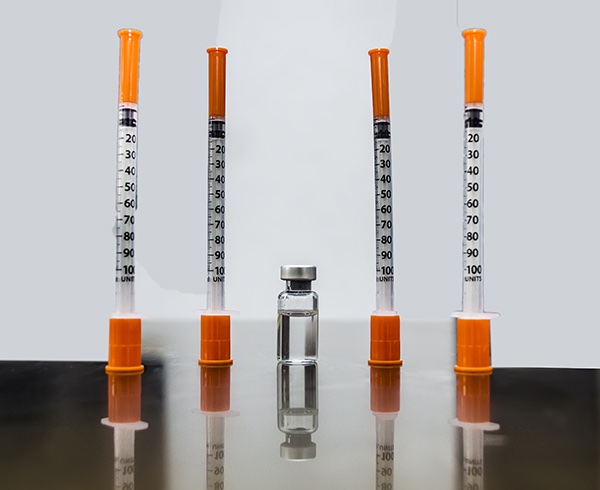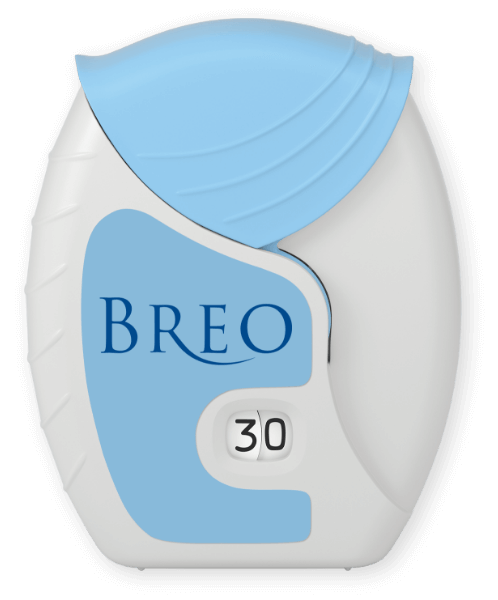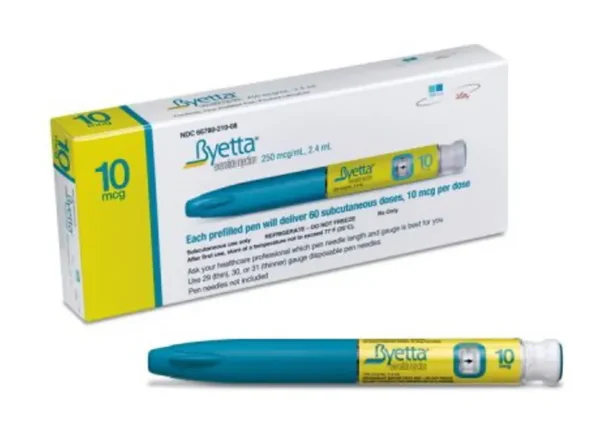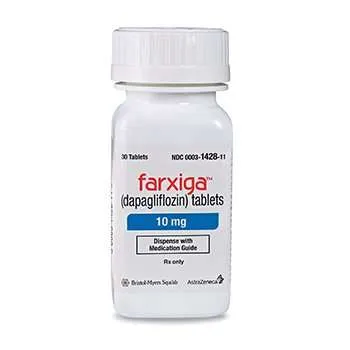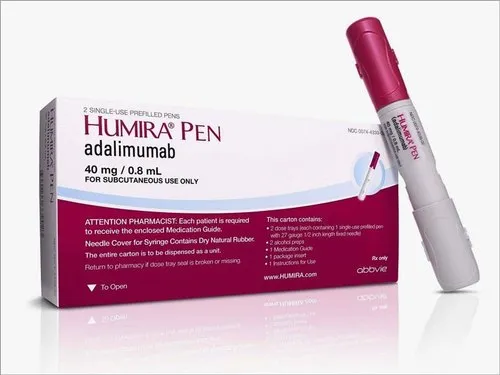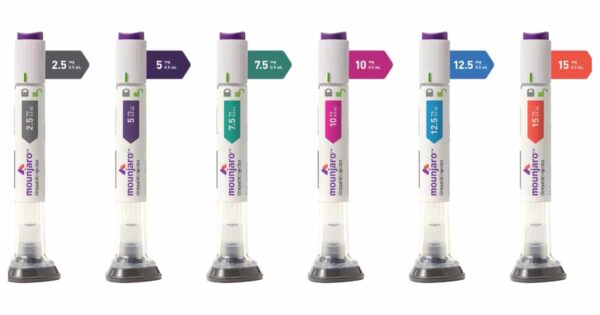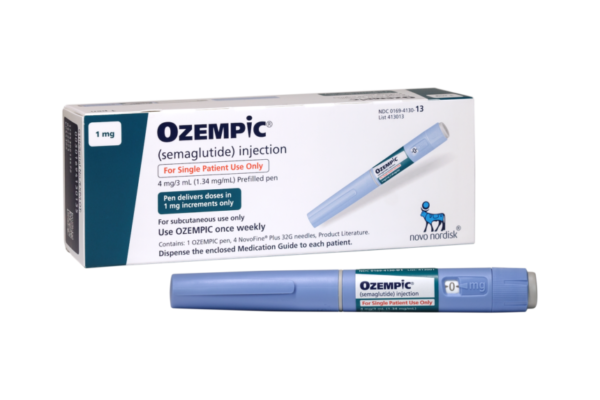EpiPen (Epinephrine Auto Injector) Description
EpiPens are synthetic versions of adrenaline, a hormone produced by our adrenal glands. By opening up airways, accelerating heartbeats, lowering blood pressure, and changing hives, this life-saving drug reverses the symptoms of allergic reactions quickly. In addition, it reduces swelling in the face, lips, and throat quickly.
Epinephrine is made from the amino acid tyrosine. The adrenal gland produces catecholamines, which include this hormone. Due to their synthesis, norepinephrine and dopamine are produced from tyrosine.
EpiPens, also known by its generic name as epinephrine, is a medication available by prescription only from Mylan. Despite EpiPen’s 1989 approval, epinephrine, its active ingredient, was synthesized in 1906.
When possible, it is best to avoid the allergy trigger that causes your severe allergic reaction. However, auto-injectable epinephrine like an EpiPen should be used to treat anaphylaxis if exposure occurs.
A variety of epinephrine products are available in pens that can be used by patients, parents, teachers, school nurses, and bystanders. An injection can be given through the clothing in the thigh.
Epinephrine is also available in EpiPen Jr’s.
Usage
Injections of epinephrine are available as prefilled automatic injection devices containing a solution (liquid) and in vials, which can be injected subcutaneously (under the skin) or intramuscularly (into the muscle). When a severe allergic reaction occurs, it is usually injected as needed. Inject epinephrine exactly as directed by your doctor; don’t inject it more often or inject more or less than prescribed.
Ask your doctor or pharmacist to show you and any of your caregivers who could be injecting the medication how to use the prefilled automatic injection device. Training devices are available to practice how to use the automatic injection device during an emergency. Training devices do not contain medication and do not have a needle. Before you use epinephrine injection for the first time, please read the patient information that comes with it. This information includes directions for how to use the prefilled automatic injection device. Be sure to ask your pharmacist or doctor if you or your caregivers have any questions about injecting this medication.
It would be best if you injected epinephrine injection as soon as you suspect that you may be experiencing a severe allergic reaction. Signs of a severe allergic reaction include the closing of the airways, wheezing, sneezing, hoarseness, hives, itching, swelling, skin redness, fast heartbeat, weak pulse, anxiety, confusion, stomach pain, losing control of urine or bowel movements, faintness, or loss of consciousness. Talk to your doctor about these symptoms, and be sure you understand how to tell when you have a severe allergic reaction and inject epinephrine.
Keep your automatic injection device with you or available at all times so that you will be able to inject epinephrine quickly when an allergic reaction begins. Be aware of the expiration date stamped on the device and replace the device when this date passes. Look at the solution in the machine from time to time. If the solution is discolored or contains particles, call your doctor to get a new injection device.
Epinephrine injection helps to treat severe allergic reactions but does not take the place of medical treatment. Get emergency medical treatment immediately after you inject epinephrine. Rest quietly while you wait for emergency medical treatment.
Most automatic injection devices contain enough solution for one dose of epinephrine. If your symptoms continue or return after the first injection, your doctor may tell you to use a second dose of epinephrine injection with a new injection device. Be sure that you know how to inject the double amount and inject a second dose. Only a healthcare provider should give more than two injections for a single allergic episode.
Epinephrine should be injected only in the middle of the outer side of the thigh and can be injected through clothing if necessary in an emergency. Suppose you are injecting epinephrine to a young child who may move during the injection, hold their leg firmly in place and limit the child’s movement before and during the injection. Do not inject epinephrine into the buttocks or any other part of your body such as fingers, hands, feet, or veins. Do not put your thumb, fingers, or hand over the needle area of the automatic injection device. If epinephrine is accidentally injected into these areas, get emergency medical treatment immediately.
After you inject a dose of epinephrine injection, some solution will remain in the injection device. This is normal and does not mean that you did not receive the total amount. Do not use the extra liquid; dispose of the remaining liquid and device properly. Take the used device with you to the emergency room or ask your doctor, pharmacist, or healthcare provider how to dispose of used injection devices safely.
Each EpiPen provides a single-use injection of epinephrine.
An EpiPen should be accessible at all times.
It’s essential to receive instructions from your pharmacist on administering this medication to be well prepared if you need to use it.
Friends and family should also be educated on how to administer an EpiPen in case of an event where you cannot inject the medication yourself.
For children and infants, be sure to hold the leg in place when the EpiPen is administered to prevent sudden injuries.
After using your EpiPen, you should still seek medical attention immediately and notify a healthcare professional that you have given yourself an injection. This is important so that you avoid getting a double dose of epinephrine.
Avoid injecting this medication into areas other than the thigh. Do not inject into the hands, feet, or buttocks, and inform a healthcare professional if you have.
The medication should be precise and should not contain particles or appear discolored. Do not use an EpiPen if it appears cloudy or pink/brown, and proceed to obtain a new supply.
Side Effects
Common Side Effects
Common side effects amongst users include anxiety, apprehensiveness, restlessness, tremor, weakness, dizziness, sweating, palpitations, paleo, nausea and vomiting, headache, and respiratory difficulties.
Cardiovascular Reactions
Patients with underlying cardiac disease or those receiving certain drugs have been reported to have arrhythmias, including fatal ventricular fibrillation.
The rapid increase in blood pressure leads to cerebral hemorrhage, mainly in elderly patients with cardiovascular disease.
Angina may occur in those with coronary artery disease. Rare cases of stress cardiomyopathy have been reported in those treated with epinephrine.
Reactions From Improper Technique and Accidental Injection
Accidental injection into the fingers, hands, or feet may result in the loss of blood flow to the affected area. It may also cause adverse reactions such as increased heart rate or local site reactions (site pallor, hypoesthesia, and coldness) that may result in bleeding, bruising, discoloration, skeletal injury, or erythema.
There have been cases where an accidental injection into the buttocks has led to gas gangrene. Uncooperative children moving/kicking during injection has resulted in lacerations, bent needles, or embedded needles.
Soft Tissue & Skin Infections
Rare cases of severe skin & soft tissue infections have been reported after injection into the thigh includes: myonecrosis caused by Clostridia (gas gangrene) and necrotizing fasciitis.
Symptoms are more likely to occur in people with hypertension or hyperthyroidism.
Contact your doctor for medical advice about side effects and risks. If you choose to report side effects to FDA, contact 1-800-FDA-1088 or at www.fda.gov/medwatch.
Despite the side effects, it’s essential to understand that your doctor has prescribed this medication, as the benefits far outweigh the risks. Most people do not experience severe side effects.
Consult your doctor if you have any severe side effects, such as signs of infection at the injection site or irregular heartbeat.
Seek medical attention immediately if you experience severe side effects such as chest pain, vision changes, seizures, fainting, or confusion.
The following is not a complete list of side effects. Consult your doctor or pharmacist if you notice any side effects not listed above.



